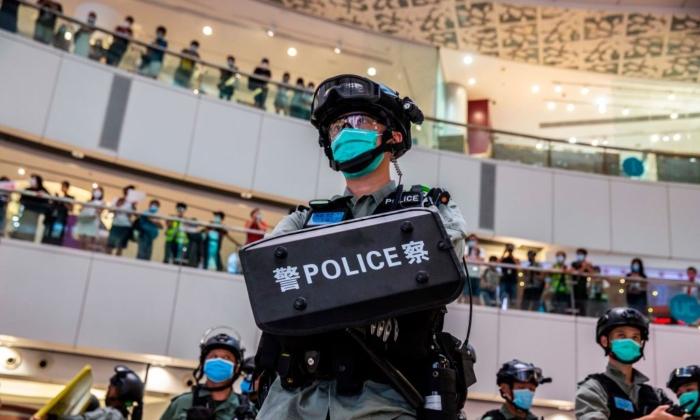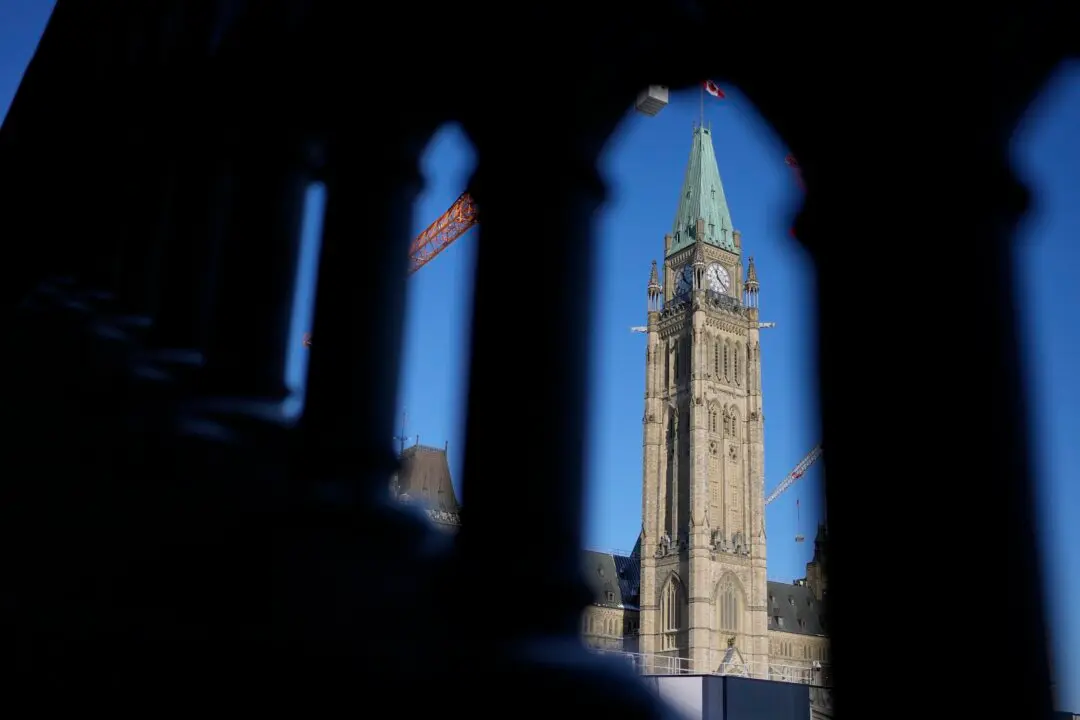U.S. President Donald Trump has added Canadian cars to his list of tariff threats, suggesting a potential 50 to 100 percent tariff on the industry.
During a Feb. 10
interview with Fox News, Trump said Canada “stole” the U.S. car industry and vowed to take it back.
“If we don’t make a deal with Canada, we’re going to put a big tariff on cars,” he said. “It could be 50 or 100 percent because we don’t want their cars. We want to make the cars in Detroit.”
Trump’s proposed tariff would overturn decades of agreements that have shaped the automotive trade between the two countries. The automotive industries of Canada and the United States have been closely linked since the 1965 Canada-United States Automotive Products
Agreement, which removed tariffs on vehicles and parts traded between the two nations.
The agreement was replaced in 1994 by the North American Free Trade Agreement (NAFTA), which expanded free trade to all sectors. NAFTA was subsequently replaced by the United States-Mexico-Canada Agreement (USMCA) during Trump’s first term. The deal introduced stricter rules for the automotive sector, including
higher requirements for the origin of vehicles and parts. The agreement is slated for review in 2026.
Trump on Feb. 10 and 11 announced a 25 percent tariff on all
steel and
aluminum imports to the United States without exceptions or exemptions. This move also revoked previous exemptions granted to Canada and other countries, which the administration said created “loopholes that were exploited by China and others” due to excess steel and aluminum capacity, according to a
Feb. 11 fact sheet form the White House.
During his first term in office, Trump had imposed 25 percent tariffs on steel and 10 percent tariffs on aluminum from Canada in 2018, prompting Canada to retaliate with a 10 percent surtax on U.S. products. The trade dispute was resolved in May 2019, with both countries agreeing to prevent the importation of “
unfairly subsidized“ steel and aluminum.
The latest round of U.S. steel and aluminum tariffs is scheduled to take effect on March 12.
Calling the move “unacceptable,” Prime Minister Justin Trudeau said his government would work in the coming weeks to convince the Trump administration that the tariffs would harm both countries.
Canada and the United States were on the brink of a tariff battle before a sudden truce earlier this month. Trump had threatened to impose 25 percent tariffs on most Canadian goods and a lower 10 percent on energy, citing border security concerns. Ottawa announced a phased retaliatory plan in response, targeting $155 billion of U.S. goods. The tariffs initially set to take effect on Feb. 4 were postponed for 30 days after Trudeau and Trump reached an agreement the day before.
Canada made several
commitments in response to Trump’s concerns about the influx of illegal drugs, particularly fentanyl, crossing the border. Trudeau agreed to appoint a “fentanyl czar,” designate drug cartels as terrorist organizations, and launch a U.S.-Canada joint strike force to combat organized crime, fentanyl, and money laundering. The federal government also committed $200 million to intelligence operations aimed at addressing organized crime and fentanyl trafficking.
Trump was asked on Feb. 10 if these measures were enough to permanently eliminate the tariffs. The president said Canada will need to do more during the 30-day reprieve, and he criticized Canada for falling short of NATO’s military spending target, while also citing concerns about Chinese ships “sailing all over Canada.”
Trudeau
told the
NATO Parliamentary Assembly in Montreal last November that Canada is on a “clear path” to meeting NATO’s defence spending target of 2 percent of gross domestic product (GDP) by 2032. Meanwhile, Defence Minister Bill Blair
suggested last month that the 2 percent target could be reached within two years, although he did not commit to a firm deadline.







